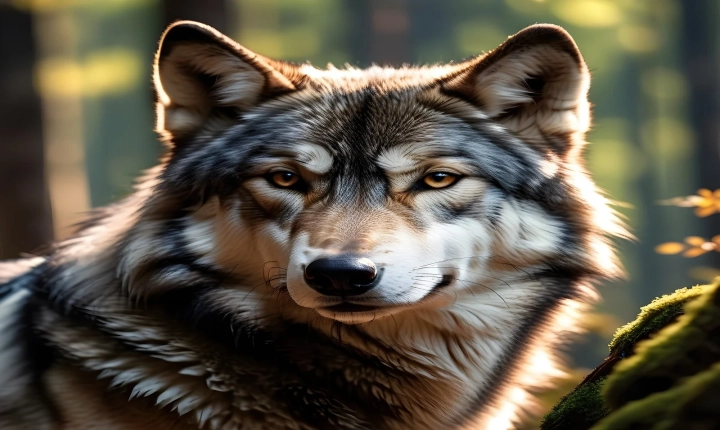Converting JPEG to AI: A Simple Guide for Designers
If you’re a graphic designer or work with digital images, you may have encountered the need to convert JPEG files to AI (Adobe Illustrator) files. JPEG, a common image file format, is great for photographs and web graphics, but it’s not as flexible for editing and scaling as AI files. AI files, on the other hand, are vector-based and ideal for creating and editing artwork or designs. In this article, we’ll explore how to convert JPEG to AI files in a few simple steps.
1. Understanding the Difference Between JPEG and AI Files:
Before diving into the conversion process, it’s important to understand the basic differences between JPEG and AI files. JPEG (Joint Photographic Experts Group) files are raster image files, made up of a grid of pixels and best suited for photographs and web graphics. AI (Adobe Illustrator) files, on the other hand, are vector-based, created in a drawing program and consist of paths and anchor points, allowing for easy scaling and editing without loss of quality.
2. Using Adobe Illustrator to Convert JPEG to AI:
Adobe Illustrator is a powerful tool for creating and editing vector graphics, making it a great choice for converting JPEG files to AI. Follow these simple steps to accomplish the conversion:
a. Launch Adobe Illustrator and open a new document.
b. Go to “File” and select “Place” to insert the JPEG file into the document.
c. Once the JPEG file is placed, go to “Image Trace” under the “Object” menu. This will convert the JPEG image into a vector-based format.
d. Adjust the settings in the Image Trace panel to achieve your desired result. You can choose from preset options or customize the settings based on the complexity of the image.
e. Click “Expand” to finalize the conversion. You now have a vector-based AI file that can be edited and scaled without loss of quality.
3. Using Online Conversion Tools:
If you don’t have access to Adobe Illustrator, there are several online tools and software available that can help you convert JPEG to AI files. Websites like Convertio, OnlineConvert, and others offer simple and intuitive interfaces for uploading your JPEG file and converting it to AI format. Keep in mind that using online tools may result in some loss of quality or fidelity, especially for more complex images.
4. Manual Tracing:
In some cases, manually tracing the JPEG image in Adobe Illustrator may be the best option for converting it to AI. This involves using the Pen tool to draw paths and recreate the image as a vector graphic. While this method can be time-consuming, it provides the most control over the final result, especially for images with intricate details or specific design elements.
In conclusion, converting JPEG files to AI format can be achieved through various methods, depending on the tools and resources available to you. Whether using Adobe Illustrator, online conversion tools, or manual tracing, the key is to preserve the quality and fidelity of the original image while gaining the flexibility and scalability of a vector-based format. By following the steps outlined in this article, you can successfully convert JPEG to AI files and unlock new possibilities for editing and creating stunning graphics and designs.
